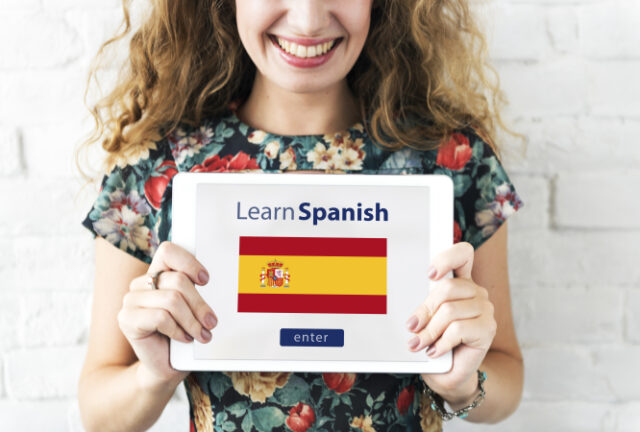
If you want to learn Spanish, there is no need to spend hundreds of dollars on classes or travel to a foreign country. You can quickly learn Spanish at home with a few fun and practical activities.
We will review some easy ways to start learning Spanish for today’s discussion. We will also provide a list of urban slang terms that are commonly used in Mexico and other Latin American countries.
Why Learn Spanish at Home?
Learning Spanish at home has many benefits. It is a practical way to learn the language without breaking the bank. In addition, you can learn at your own pace and tailor the learning experience to your needs.
How to Get Started Learning Spanish
There are many ways to get started learning Spanish. One way is to find a tutor or take a class. This can be expensive and time-consuming. A more affordable option is to use online resources such as websites, apps, and podcasts.
Another great way to learn Spanish is by immersion. You can do this by listening to Spanish music, watching movies, and reading books. You can also find Spanish-speaking friends or pen pals to practice with.
Finally, it is important to practice regularly. A good way to do this is by setting aside time each day to review what you have learned. You can also try using flashcards or keeping a journal in Spanish.
Ready to start learning Spanish? Here are a few easy ways to get started:
- Download a Spanish learning app like Duolingo or Babbel. These apps provide short lessons that cover basic grammar and vocabulary. They also include fun games and activities to keep you engaged in the material.
- Watch Spanish-language movies and TV shows with English subtitles. This is an enjoyable way to immerse yourself in the language while also picking up on common phrases and slang terms.
- Read Spanish books and magazines. If you are a beginning learner, look for material that includes English translations.
- Find a Spanish conversation partner. This could be a friend or family member who speaks the language or someone you meet online. Practice having conversations in Spanish on topics that interest you.
Urban Slang FTW
Learning some urban slang is a great way to sound like a native speaker. Make learning a new language fun by exploring phrases and popular Mexican slang terms. For example, the pendejo meaning describes a stupid person.
- ¿Qué onda? – What’s up?
- Eso es chido – That’s cool
- ¿Qué pedo? – What’s wrong? / What happened?
- No manches! – No way! / You’re kidding me!
- ¡Órale! – Okay! / Let’s go!
- What’s up, homeslice? (¿Qué onda, carnal?)
- That party was off the hook! (¡Esa fiesta fue de lo más padre!)
- Don’t be such a wet blanket. (No seas chato.)
- You’re such a goofball. (Eres un bromista.)
- I’m beat. (Estoy reventado.)
Fun and Practical Activities for Learning Spanish
In addition to the activities above, here are a few more ideas for learning Spanish in a fun and practical way. For starters, you can visit a Spanish-speaking country. This is a great way to immerse yourself in the language and culture. You can attend a local event or festival celebrating Hispanic culture if you can’t travel.
Another option to learn Spanish is to take a dance class where you can learn popular Latin dances like salsa or merengue. This is a great way to exercise while also learning about the culture. Also, watch Spanish-language movies and TV shows and listen to Spanish-language radio stations for added influence.
Benefits of Learning a New Language
Learning a new language has many benefits. It can improve your cognitive skills, memory, and critical thinking abilities. It can also help you connect with people from other cultures and open up new career opportunities. Other languages you may enjoy learning as well are :
- Mandarin is the world’s most spoken language, with over one billion speakers.
- Arabic: Spoken in many countries across North Africa and the Middle East.
- French: An official language in 29 countries and used widely in business, diplomacy, and education.
- German: The most widely spoken Germanic language, with over 130 million speakers worldwide.
- Russian: An official language in Russia and several other countries. It is also one of the six official languages of the United Nations.
- Cantonese: A popular Chinese dialect spoken in Hong Kong and other parts of southern China.
- Japanese: The national language of Japan, with over 125 million speakers.
- Korean: Spoken by over 80 million people in North and South Korea.
- Italian: The official language of Italy, Switzerland, San Marino, and Vatican City. It is also widely spoken in other countries, such as Croatia, Malta, and Somalia.
Final Thoughts: Learning Spanish
Learning Spanish at home is a fun and practical way to become fluent. With some dedicated effort, you can quickly start speaking like a native speaker in no time. Try out some of the activities and urban slang terms we’ve covered today and see how quickly your Spanish skills improve. ¡Buena Suerte! (Good luck!)












